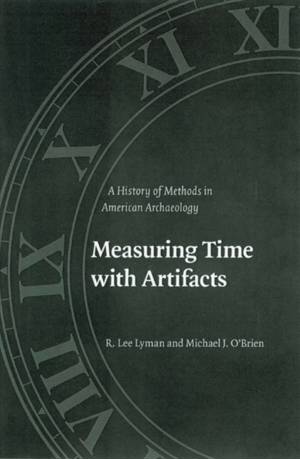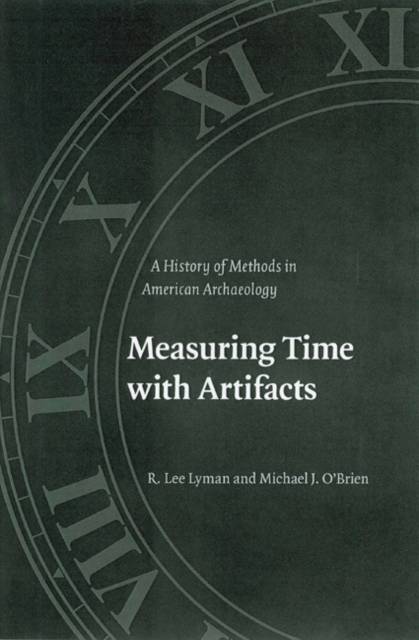
- Retrait gratuit dans votre magasin Club
- 7.000.000 titres dans notre catalogue
- Payer en toute sécurité
- Toujours un magasin près de chez vous
- Retrait gratuit dans votre magasin Club
- 7.000.0000 titres dans notre catalogue
- Payer en toute sécurité
- Toujours un magasin près de chez vous
Measuring Time with Artifacts
A History of Methods in American Archaeology
R Lee Lyman, Michael J O'BrienDescription
Combining historical research with a lucid explication of archaeological methodology and reasoning, Measuring Time with Artifacts examines the origins and changing use of fundamental chronometric techniques and procedures and analyzes the different ways American archaeologists have studied changes in artifacts, sites, and peoples over time.
In highlighting the underpinning ontology and epistemology of artifact-based chronometers-cultural transmission and how to measure it archaeologically-this volume covers issues such as why archaeologists used the cultural evolutionism of L. H. Morgan, E. B. Tylor, L. A. White, and others instead of biological evolutionism; why artifact classification played a critical role in the adoption of stratigraphic excavation; how the direct historical approach accomplished three analytical tasks at once; why cultural traits were important analytical units; why paleontological and archaeological methods sometimes mirror one another; how artifact classification influences chronometric method; and how graphs illustrate change in artifacts over time.
An understanding of the history of artifact-based chronometers enables us to understand how we know what we think we know about the past, ensures against modern misapplication of the methods, and sheds light on the reasoning behind archaeologists' actions during the first half of the twentieth century.
R. Lee Lyman is a professor in and the chair of the Department of Anthropology at the University of Missouri-Columbia. Michael J. O'Brien is a professor of anthropology and an associate dean in the College of Arts and Science at the University of Missouri-Columbia. Lyman and O'Brien are the coauthors of Archaeology as a Process: Processualism and Its Progeny and Cladistics and Archaeology, among other books.
Spécifications
Parties prenantes
- Auteur(s) :
- Editeur:
Contenu
- Nombre de pages :
- 348
- Langue:
- Anglais
Caractéristiques
- EAN:
- 9780803229662
- Date de parution :
- 01-06-06
- Format:
- Livre relié
- Format numérique:
- Genaaid
- Dimensions :
- 152 mm x 229 mm
- Poids :
- 666 g

Les avis
Nous publions uniquement les avis qui respectent les conditions requises. Consultez nos conditions pour les avis.






